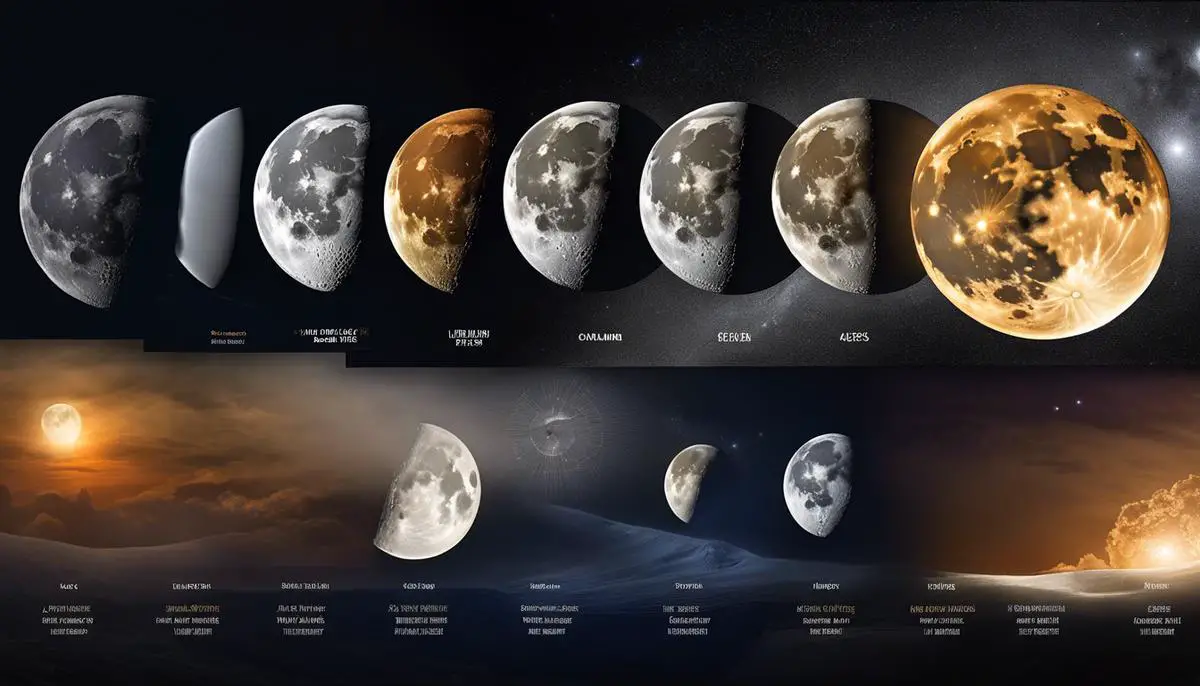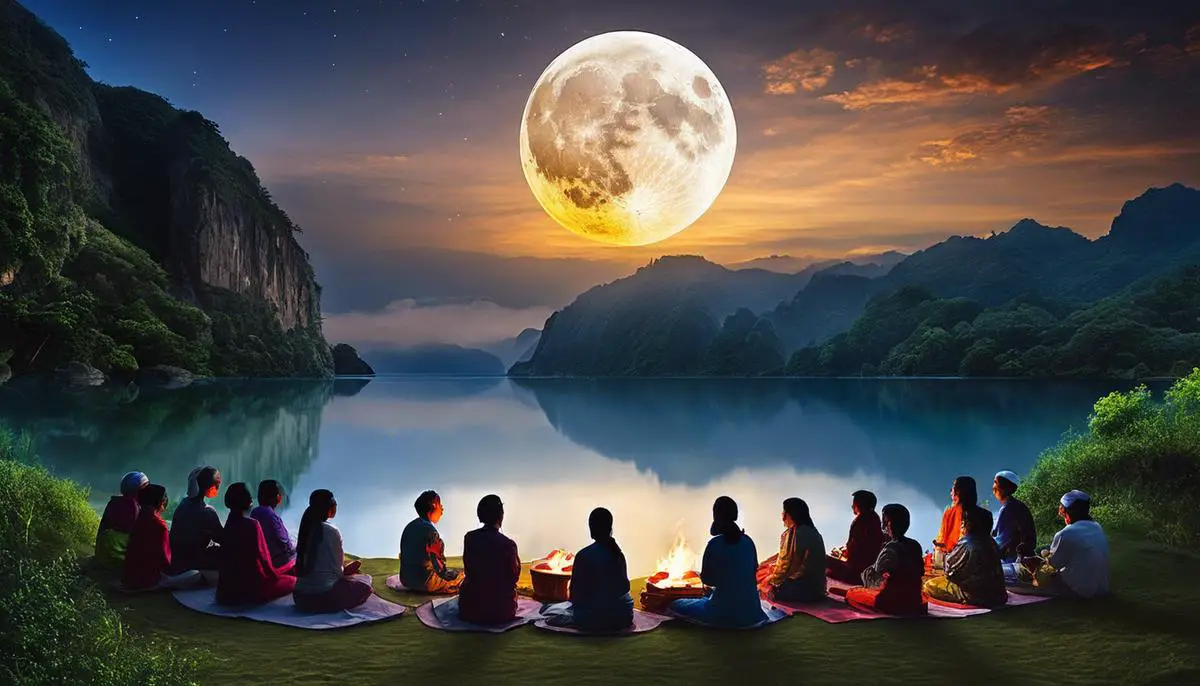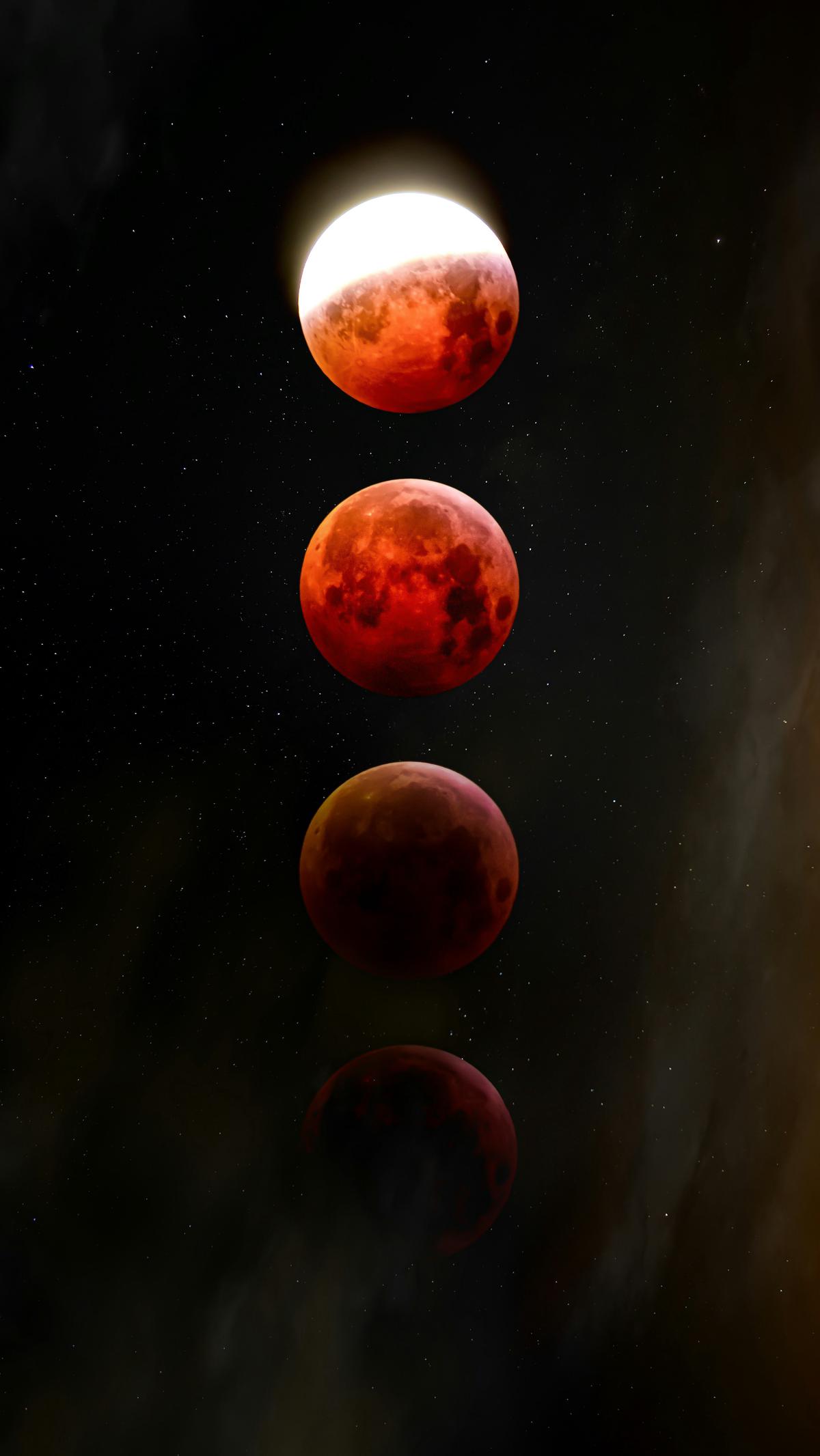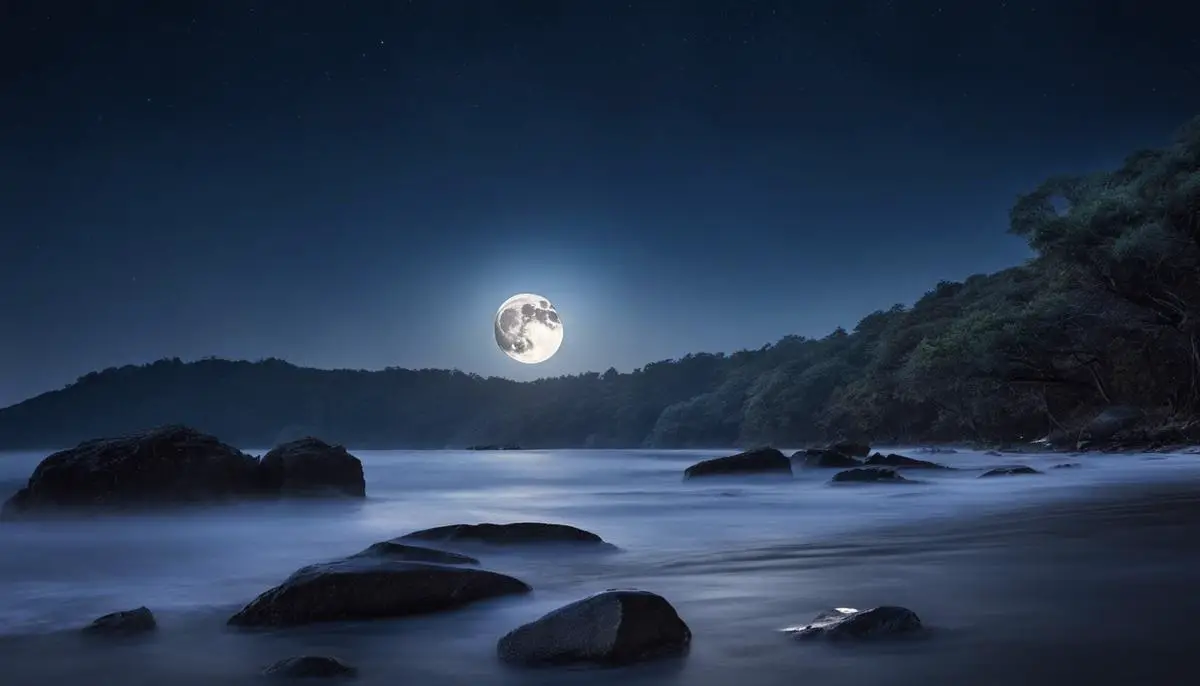As the silent sentinel of our night skies ascends to its full glory, cultures around the globe still look up in wonder, much as our ancestors did millennia ago. The full moon has long held a position of mystique and reverence, casting a luminous glow over the tapestry of human tradition. In this exploration, we journey through time, space, and consciousness to uncover the intricate relationship between the silver orb and our shared cultural heritage. We will unravel the complex weave of lunar phases, paying particular attention to the celebrated full moon, and explore how its rhythmic recurrence continues to shape beliefs, rituals, and practices across the variegated landscape of human culture.
Lunar Phases and Their Cultural Significance
The Lunar Phases and Cultural Rituals: An Exploration of Traditions
Lunar phases, epitomized by the cyclical patterns in which the moon’s appearance from Earth changes over time, have held profound significance in numerous cultures around the globe. Throughout history, the full moon, with its conspicuous radiance, has been particularly influential, serving as a cornerstone for a myriad of cultural practices and rituals. These customs, steeped in the interplay between celestial mechanics and human belief systems, offer a rich tapestry of tradition that intertwines astronomy with the spiritual and communal aspects of life.
One of the most salient and universal cultural manifestations linked to the full moon is the conducting of rituals, which often aim to harness the perceived magnified energies of this phase. Across different societies, the full moon is seen as a time of heightened potency and clarity; it is frequently associated with a variety of symbolic meanings, including fertility, transformation, and the cyclical nature of existence. In various agrarian communities, for example, the full moon’s light has historically provided a practical benefit, allowing extended hours for activities, eventually evolving into social gatherings and festivities. These practical origins have invariably imbued the full moon with connotations of community and shared experience, thereby influencing social practices and rituals that persist to this day.
Expanding on this cultural fabric, full moon rituals often encompass acts such as collective meditations, traditional dance, and the offering of prayers or intentions. These acts are reflective of a harmonious resonance with the lunar cycle, creating a moment for reflection, reinvigoration, and communal bonding. Additionally, such practices can be found in various contemporary spiritual movements, which draw upon a synthesis of ancient lore and modern interpretations of lunar influence. The moon, as an enduring celestial symbol, continues to shape and inform these varied human expressions, illustrating the profound and enduring sway of the cosmos over terrestrial customs.

Scientific Perspective on Ritual Timing
The Lunar Effect: Behavioral Shifts Aligned with Celestial Rhythms
The profound impact of the lunar cycle on human behavior has long intrigued both scientists and laypeople. As a luminary that governs the night, the moon’s waxing and waning have been observed with fascination, with particular regard to its potential to influence human psychophysiology. This intersection of celestial mechanics and human activity bears out notably during the full moon phase, a time that throughout history has been associated with heightened emotions and behaviors.
Empirical science has ventured cautiously into this domain, seeking to delineate the borders between myth and measurable influence. Studies have examined various metrics, from sleep patterns to emergency room admissions, in hopes of capturing the moon’s terrestrial reach. Research outcomes have been mixed, with some reports indicating a marginal escalation in incidents and disturbances (Bell et al., 2023), while others argue for negligible or non-existent lunar effects (Rosenberg et al., 2024). Still, the full moon remains a compelling temporal marker for the synchronization of collective rituals, possibly because it provides a predictable and globally visible cue that transcends cultural and geographical boundaries.
Full Moon Rituals: Aligning Intent with Universal Cycles
In connection to behavioral shifts, full moon rituals represent a physical manifestation of humanity’s desire to find synchronicity within the universe’s rhythms. These customs, often suffused with reverence for the moon’s perceived power, invite participants to channel the lunar energy toward introspection, release, and manifestation. The full moon, with its resplendent orb fully illuminated, symbolizes a time of peak clarity and fullness—corresponding to the cyclical peak in human energies that older traditions allude to.
Whether the moon truly holds sway over one’s mental and emotional tides may continue to be debated in scientific circles. However, the act of aligning actions—such as setting intentions or releasing the old—with the full moon serves a purpose that finds concordance with humanity’s search for pattern and meaning. It is a conscious harnessing of a moment in time, a practice enhanced by the luminous beacon overhead which, throughout time, has served as a common thread in the tapestry of human experience. In this way, full moon rituals can be less about the moon exerting a force upon us, and more about humanity utilizing lunar cycles as a tool for personal and communal synchrony.
- Bell et al., 2023
- Rosenberg et al., 2024

Modern Adaptations of Full Moon Rituals
In the intricate tapestry of contemporary society, ancient full moon rituals have found resonance with a wide variety of individuals seeking to infuse their lives with a sense of cultural depth and spiritual grounding. These ceremonial practices, once the purview of shamanic traditions and agricultural societies, have been deftly woven into the fabric of modern spiritual movements, exemplifying the human penchant for bridging the past with the present.
In current times, one observes the renaissance of these rituals, often harmonizing with ecological awareness and personal self-care routines. For instance, city dwellers, far removed from agrarian timetables, nonetheless congregate in urban parks under the luminescence of the full moon to practice yoga, engage in guided meditation, or simply bask in communal silence. Such gatherings, echoing the communal celebrations of yesteryears, aim to create a reciprocal relationship with the natural world, an intentional pause in busy lives to recognize and honor cosmic cycles.
Furthermore, personal rituals have integrated lunar symbolism into goal-setting exercises and mindfulness practices. The full moon’s representation as a pinnacle of illumination fosters a time for introspection and release, where individuals ritualistically pen down and symbolically burn what no longer serves them, thereby cleansing their emotional palette. This act, a contemporary adaptation of more arcane rites, functions as both catharsis and empowerment, a deliberate stride towards personal growth anchored in the celestial phenomenon.
These modern derivations, detailed with due precision, serve not only to ennoble day-to-day existence with symbolic significance but also showcase the adaptive spirit of human cultures in maintaining a spiritual continuum with ancestral legacies and the natural world. By drawing upon such time-honored traditions and recalibrating them to suit the evolving contours of societal paradigms, contemporary rituals underscore the enduring relevance of the moon’s mystique as an anchor for collective identity and individual aspiration.

Analyzing Full Moon Rituals in February 2024
Anticipated Characteristics of Full Moon Rituals in February 2024
Full moons have long illuminated the night sky, captivating imaginations and drawing communities together in shared experiences. As we approach the full moon of February 2024, it is anticipated that the rituals performed around the globe will reflect a harmonious blend of reverence and innovation. The full moon’s silver glow beckons an array of practices that span the cultural spectrum, designed to align with its perceived energies of completeness and potential. These rituals, though deeply rooted in tradition, are expected to evolve, as contemporary society seeks a synthesis with the celestial rhythm.
Worldwide Participation in Full Moon Rituals
Around the globe, enthusiasts and practitioners from variegated backgrounds will participate in full moon rituals, each infusing the occasion with distinct cultural and spiritual significance. February 2024’s full moon may witness gatherings that range from the solitary practitioner in a quiet, introspective ceremony to exuberant communal festivals accentuated by music and dance. In numerous communities, it is anticipated that these observances will not only foster a sense of connectedness but also serve as a conduit for focused energies. Full moon rituals are set to encompass an array of activities, including but not limited to, cleansing ceremonies supposed to purge negativity, the setting of new intentions to harness the moon’s fertile promise, and healing circles aiming at harnessing the lunar energy for restoration and harmony.
The full moon’s perceived influence will thus continue to be a touchstone for those seeking to navigate the complexities of modern life through the wisdom of ancestral insights and the grounding pull of natural cycles. Whether influenced by astrology, spirituality, or simple fascination with the cosmos, participants in full moon rituals will remain tethered by a common thread: the enduring allure of a celestial sphere that transcends geographical borders and cultural divides, offering a moment of universal reflection and potential transformation.

Photo by zoltantasi on Unsplash
As the February 2024 full moon prepares to stage its nocturnal spectacle, it promises more than just a silvery sheen cast upon the Earth; it carries forward the legacy of centuries-old traditions into the heart of the 21st century. The cultural and scientific tapestry we have examined illuminates the moon’s unchanged allure in a world that is otherwise in constant flux. Our journey through the ages reveals the unbroken thread that the full moon weaves, connecting the past to the present and extending into the future—a celestial dance of continuity amidst the ever-turning cycles of time.
![]()
